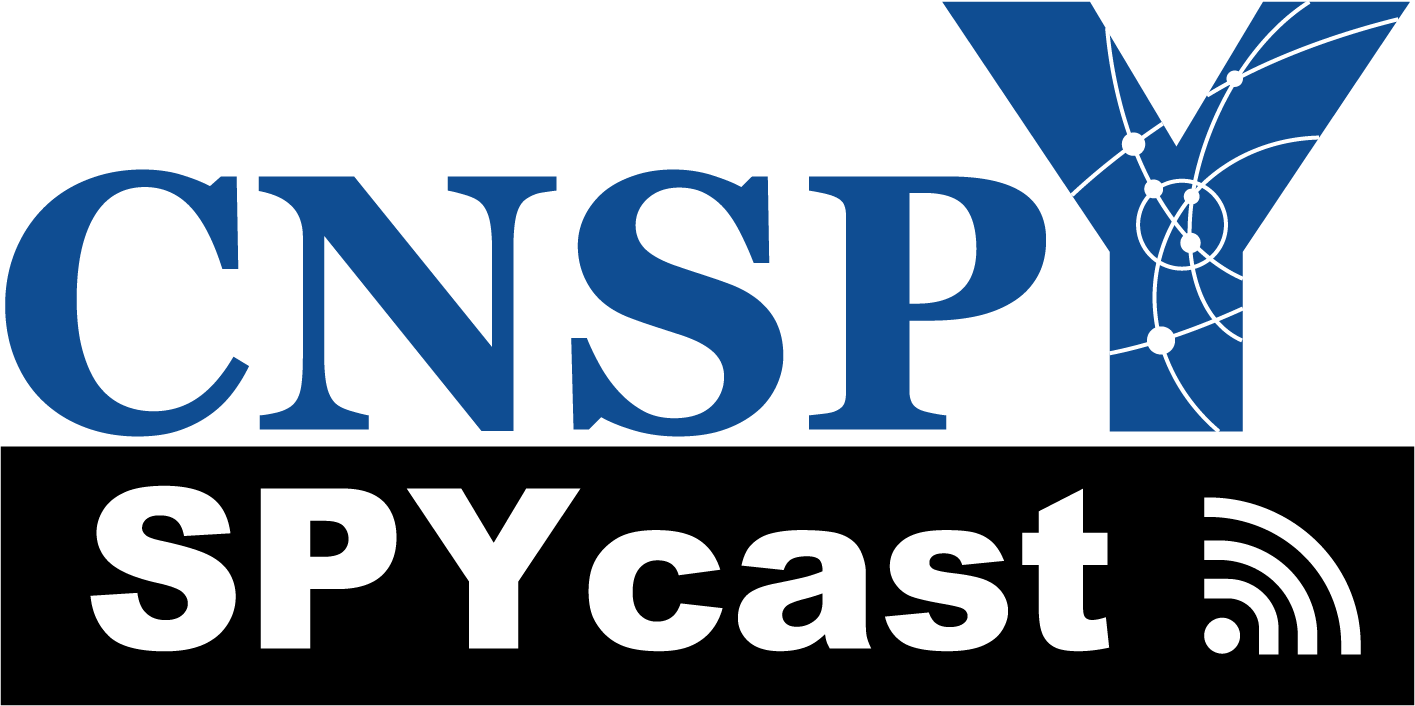There are thousands of resume templates floating around on the internet for you to choose from, but there is one big problem with many of them… most of these templates were designed under the assumption that your resume would be printed on a piece of paper.
This may not immediately strike you as a problem, but it is. With technology moving forward at such a fast pace, very few, if any, resumes are actually printed and read on a piece of paper these days.
Instead, almost all resumes are read on a screen, and screen reading is inherently different from print reading.
Additionally, due to the busy pace that everyone strives to maintain these days, about half of all resumes are read on devices other than computers. Reading resumes on small screens, like those of iPads, iPhones, and other smart devices, means that digital reading can be that much more straining than print reading.
Thus, we as resume-writers need to adjust accordingly, otherwise we run the risk of having recruiters bypass our resume simply because it’s too difficult for them to read on their tiny digital screens.
So what do we need to adjust? Here are two main things to consider…
A) Chunked Text
In print reading, our eyes can digest large chunks of text easily. Paragraph form is how we read books and scientific literature, but on a screen, especially a small screen, a large chunk of text seems even larger and more daunting because it seemingly goes on forever. The same paragraph can seem longer and more exhausting to read on a small screen than on paper because we lose our peripheral vision. On a printed piece of paper or in a textbook, we can see the demarcation of the next paragraph while we’re reading the first, but on a small screen, we can’t, so it seems longer and more arduous.
So, in a resume, avoid long drawn out personal statements or paragraphs of any kind, as these chunks of text are not as easy to digest as quickly as bullet points, for example. And the last thing you want is for the recruiter to get tired or lazy while reading your resume to the point where he starts skipping important information.
B) Eye Movement
In print reading, our eyes generally tend to move from left to right in a fluid motion, just as we’re taught to read at a young age. However, this isn’t always the case with screen reading. With today’s technology, there is a lot of scrolling – in other words, a lot of up-and-down motion instead of left-to-right motion.
This leads to a lot skim reading and jumping around the page, so having a more narrow stream of text that is easy to read or skim quickly in a top-to-bottom manner is much more effective than having a lot of points that extend from one complete side of the page to the other.
Also keep in mind that, if the text is small, this will require your recruiter to zoom in on your long sentence of a bullet point to read it, and he’ll have to scroll to the right to read the rest of it. Then he’ll have to go back to the left and then back to the right to read the next line… then back left, then right, for the next line…. Left, right, left, right, left, right… and before you know it, he’s dizzy and giving up on it. Don’t let it be your resume he’s giving up on. Make it easy to gather the main points in a top-to-bottom fashion.
Given that these two points highlight the major differences between print reading and screen reading, especially on small screens, resumes need to be written using slightly different approaches than those used in previous decades.
Here are some tips to make your resume more small-screen reader friendly:
1) Allow adequate spacing – Instead of stacking all of your lines right on top of each other, only stack the lines of individual bullet points and put slightly more spacing between bullet points to delineate each one more clearly. This creates a bit more whitespace on the page and helps avoid the appearance of chunked text. Specifically, using size 1.5-line spacing (or 1.35 like I use!) is a great way to add just a touch more space between vertical lines without going to full double spacing and wasting precious space on your one-page resume.
2) Limit bullet points to 1-2 lines – To further avoid having large chunks of text on your resume, keep each bullet point to a maximum of 1-2 lines. You may have to spend a great deal of time rewording each bullet point to get it to fit within this space constraint, but it is worth the extra few minutes to make it fit because run-on bullets rarely hold the reader’s attention all the way to the end.
Also, consider limiting yourself to 1.5 lines of text per bullet point. This puts more white space on your resume and creates a more obvious demarcation between the end of one bullet point and the start of another, which can further decrease the perceived amount of chunked text that appears on your resume. Moreover, if the line only extends half way across the page, this facilitates faster top-to-bottom reading with less left-to-right swiping on a tiny, but zoomed in, screen.
3) Front-load your achievements – Since the eyes will always start at the top and the left, put your greatest accomplishments in these places.
For each bullet point, get to the point! The first few words should highlight your accomplishment, and as the line trails off to the right, include a bit more of a description of the accomplishment. If you do this the other way around – i.e., describe the accomplish or start with a lead up into the accomplishment, which is finally stated towards the right side of the page – you run the risk of the recruiter never seeing or noticing your achievement. Why? Top-to-bottom eye movement is more prominent in screen reading. By putting the most important or powerful part of your bullet point in the left half of the bullet point, even if he’s skimming quickly in a top-to-bottom fashion, he’ll see it. Then if he wants more information, he can read more to the right within that same bullet point.
Additionally, as mentioned, screen reading is seemingly more arduous than print reading because a one-page document can seem like a 10-page proposal due to the additional scrolling required, especially on a small screen. Inevitably, recruiters and hiring managers will get tired of reading your resume more quickly when it’s viewed on a screen, so in addition to front-loading your bullet points, front-load the entire document. Your most important or most relevant information should be listed at the top. That way, if they give up reading your resume half way through (remember, the average time spent reading someone’s resume is 6 seconds), they’ll at least see the most important information about you.
4) Use left justification – Many people use full justification (on the left AND the right) of the page because it looks cleaner. Yes, this is true… on a physical piece of paper. However, for screen reading, full justification can royally mess up the spacing between words, making it harder to read, especially on a small screen. Moreover, full justification means there will be less white space at the ends of your sentences/bullets, giving the appearance of chunked text. Avoid this by using only a left justification.
5) Use indentations – To further decrease chunked text and increase white space, use indentations for items that belong under certain sections of your resume. This makes it easier for the reader to categorize and file away your highlights in their appropriate places quickly without having to think too hard. Additionally, indentations make top-to-bottom reading faster as well.
Together, these tips will help you strategically format your resume for easier screen reading. Let’s face it, screen reading is here to stay; print reading is largely obsolete in today’s technological era.
Moreover, with everyone trying to cram as much into every day as possible, it’s highly likely that your resume will be read in a meeting, on a train/subway, walking down the hallway, or possibly even in the bathroom! Everyone is trying to make the most out of every minute of their day, including recruiters, and iPhones and smart devices make it possible to do work anywhere, allowing people to maximize their in-between time – i.e., while walking down the hallway in between meetings. Thus, a majority of resumes are not read in a quiet place, such as someone’s desk, where they can focus and really read everything you’ve written. Instead, resumes are most often read – skimmed actually – on a handheld screen while the person is in a rush or doing something else.
Therefore, be mindful that your resume will be approached differently than it would if it were printed on a piece of paper. All of the tips listed above (1-5) address the two main differences between print reading and screen reading – i.e, A) chunked text is more arduous to read on a screen and B) eye movement is more top-to-bottom than left-to-right on a screen. Each tip addresses these distinctions in different ways, but the core of each formatting strategy is indeed rooted in these two main concepts. Additionally, this list is not exhaustive; there are many other ways you can achieve these goals as well!
However you decide to reformat your resume, just be sure to keep chunked text and eye movement in mind. With these two concepts at the forefront of your formatting goals, your resume will be more successful at landing you an interview because it will be primed for easy screen reading. 🙂
** Tell us how you reformatted your resume for screen reading! **
Share your thoughts below by clicking the “Leave a Reply” link or by clicking the chat bubble in the top right of the post.




